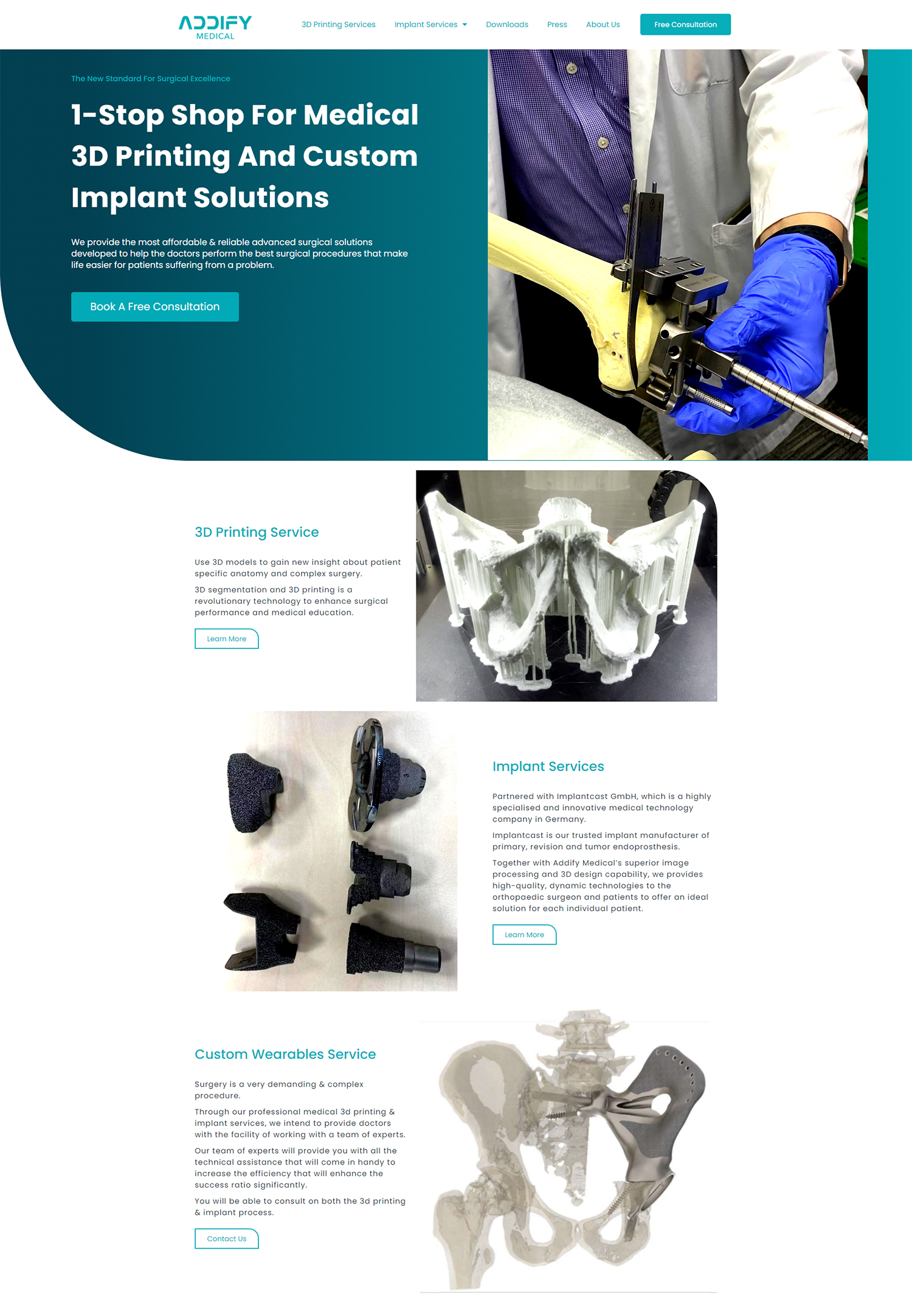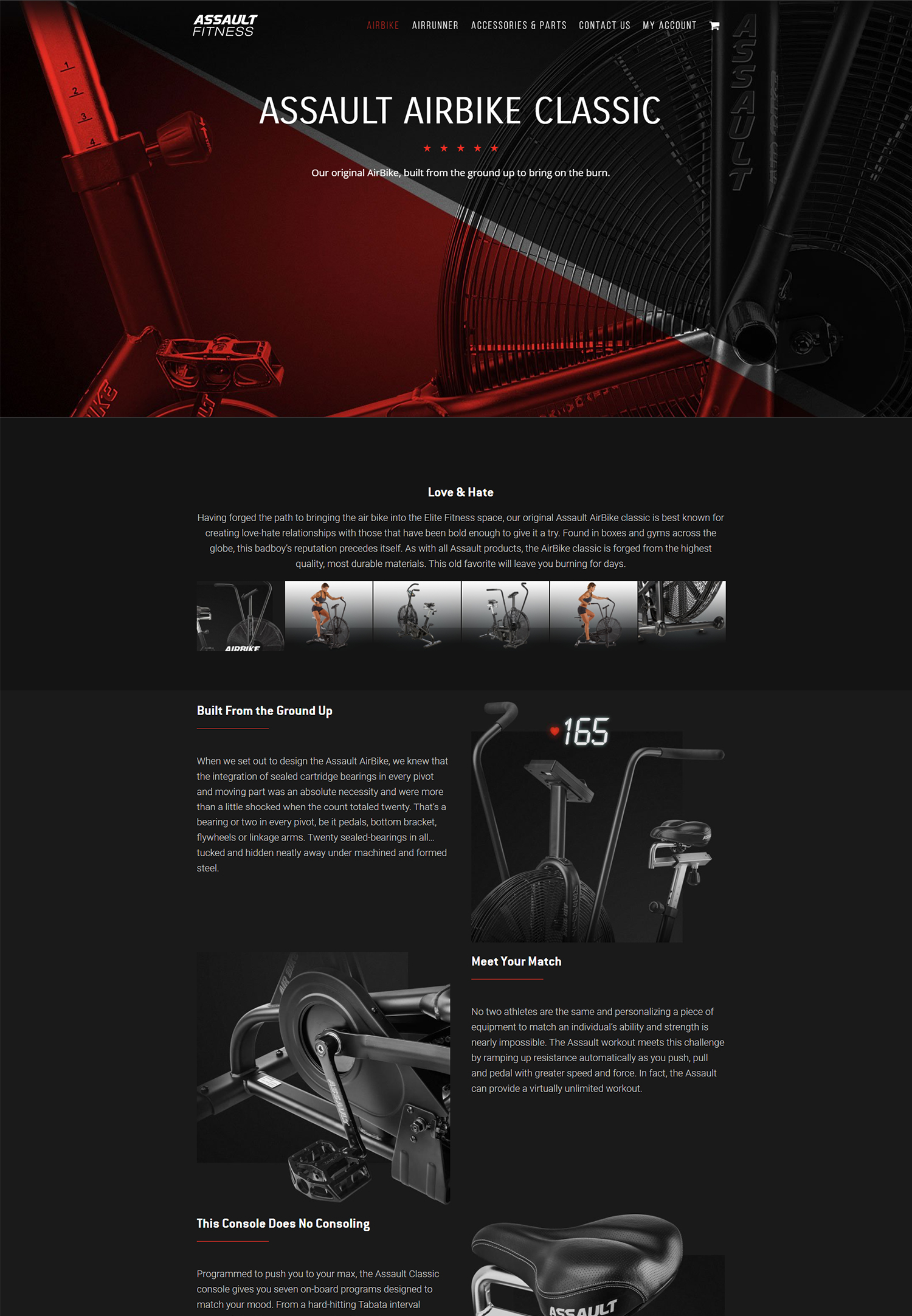In the rapidly evolving digital landscape, the significance of Search Engine Optimization (SEO) for e-learning platforms cannot be overstated. As we navigate through an era where online education is becoming increasingly prevalent, we must recognize that effective SEO strategies are essential for enhancing visibility and attracting learners. With countless e-learning platforms vying for attention, we need to ensure that our content stands out in search engine results.
By optimizing our websites for search engines, we can improve our chances of reaching a broader audience, ultimately leading to increased enrollment and engagement. Moreover, SEO is not just about visibility; it also plays a crucial role in establishing credibility and trust. When potential learners search for courses or educational resources, they often gravitate towards the top results displayed by search engines.
By implementing robust SEO practices, we can position our e-learning platforms as authoritative sources of information. This not only helps in attracting new users but also fosters a sense of reliability among existing learners. As we delve deeper into the intricacies of SEO, we will uncover various strategies that can significantly enhance our e-learning platforms’ online presence.
Key Takeaways
- SEO is crucial for e-learning platforms to increase visibility and attract more students
- Conducting keyword research helps in understanding what users are searching for and optimizing content accordingly
- Optimizing website structure and navigation improves user experience and search engine rankings
- Creating high-quality and relevant content is essential for engaging users and ranking higher in search results
- Utilizing backlinks and internal linking strategies can improve website authority and search engine rankings
Conducting keyword research for e-learning content
To effectively optimize our e-learning platforms, we must begin with thorough keyword research. This foundational step allows us to identify the terms and phrases that potential learners are using to search for educational content. By understanding these keywords, we can tailor our content to meet the needs and interests of our target audience.
We can utilize various tools such as Google Keyword Planner, SEMrush, or Ahrefs to uncover relevant keywords that align with our course offerings and educational materials. Once we have compiled a list of potential keywords, it is essential to analyze their search volume and competition levels. We should focus on a mix of short-tail and long-tail keywords to capture a diverse audience.
Short-tail keywords may attract a larger volume of searches, but they often come with higher competition. On the other hand, long-tail keywords may have lower search volumes but can lead to more targeted traffic. By strategically incorporating these keywords into our content, we can enhance our chances of ranking higher in search engine results and connecting with learners who are genuinely interested in our offerings.
Optimizing website structure and navigation for better SEO
A well-structured website is vital for both user experience and SEO performance. As we design our e-learning platforms, we must prioritize intuitive navigation that allows users to easily find the information they seek. A clear hierarchy of content, with well-defined categories and subcategories, not only aids learners in their journey but also helps search engines crawl and index our pages more effectively.
We should consider implementing breadcrumb navigation, which provides users with a clear path back to previous pages, enhancing their overall experience. In addition to navigation, we must also focus on optimizing our website’s URL structure. Clean and descriptive URLs that include relevant keywords can significantly improve our SEO efforts.
For instance, instead of using generic URLs like “www.elearningplatform.com/course123,” we should opt for more descriptive URLs such as “www.elearningplatform.com/advanced-data-analysis-course.” This not only makes it easier for search engines to understand the content of our pages but also provides users with a clearer idea of what to expect when they click on a link.
Creating high-quality and relevant content for e-learning platforms
Content is at the heart of any successful e-learning platform, and creating high-quality, relevant material is paramount for effective SEO. We must strive to produce engaging and informative content that resonates with our target audience. This includes not only course descriptions but also blog posts, articles, videos, and other resources that provide value to learners.
By addressing common questions and challenges faced by our audience, we can position ourselves as thought leaders in the field of online education. Furthermore, incorporating multimedia elements into our content can enhance user engagement and retention. Videos, infographics, and interactive quizzes can make learning more dynamic and enjoyable for users.
As we create this content, we should also ensure that it is optimized for SEO by including relevant keywords naturally within the text, using appropriate headings, and adding alt text to images. By focusing on quality and relevance, we can improve our chances of ranking higher in search results while providing learners with a valuable educational experience.
Utilizing backlinks and internal linking strategies for e-learning websites
Backlinks play a crucial role in establishing the authority of our e-learning platforms in the eyes of search engines. When reputable websites link to our content, it signals to search engines that our platform is a trusted source of information. To build a robust backlink profile, we should actively seek opportunities for guest blogging, collaborations with industry influencers, and partnerships with other educational institutions.
By creating shareable content that others find valuable, we can encourage organic backlinks that enhance our SEO efforts. In addition to external backlinks, internal linking is equally important for improving our website’s SEO performance. By strategically linking related content within our platform, we can guide users through their learning journey while also helping search engines understand the structure of our site.
For example, if a learner is reading about data analysis techniques, we can link to related courses or articles on statistics or data visualization. This not only keeps users engaged but also distributes link equity throughout our site, improving the overall SEO performance of all pages.
Leveraging social media and email marketing for SEO benefits
Social media platforms offer an excellent opportunity for us to promote our e-learning content while simultaneously boosting our SEO efforts. By sharing valuable resources, course updates, and engaging content on social media channels, we can drive traffic back to our website. The more traffic we generate from social media, the more likely it is that search engines will recognize our platform as a valuable resource.
Additionally, social media engagement can lead to increased shares and backlinks from other users or organizations. Email marketing is another powerful tool that can complement our SEO strategy. By building an email list of interested learners, we can regularly share updates about new courses, blog posts, or educational resources directly with our audience.
This not only keeps them informed but also encourages repeat visits to our website. When users return to our platform frequently, it signals to search engines that our content is relevant and valuable, further enhancing our SEO performance.
Implementing technical SEO best practices for e-learning websites
Technical SEO encompasses various behind-the-scenes elements that contribute to the overall performance of our e-learning platforms. One critical aspect is ensuring that our website loads quickly across all devices. A slow-loading site can lead to high bounce rates and negatively impact user experience.
We should regularly assess our website’s speed using tools like Google PageSpeed Insights and implement necessary optimizations such as image compression and browser caching. Another essential technical aspect is mobile optimization. With an increasing number of learners accessing online courses via mobile devices, it is imperative that our platforms are fully responsive and user-friendly on all screen sizes.
We should conduct thorough testing across different devices to ensure that navigation remains seamless and that all content is easily accessible. By prioritizing technical SEO best practices, we can create a solid foundation for our e-learning platforms that supports both user experience and search engine visibility.
Monitoring and analyzing SEO performance for e-learning platforms
To gauge the effectiveness of our SEO strategies, we must continuously monitor and analyze our performance metrics. Tools like Google Analytics and Google Search Console provide valuable insights into how users are interacting with our e-learning platforms. We should pay close attention to key performance indicators such as organic traffic, bounce rates, conversion rates, and keyword rankings.
By regularly reviewing these metrics, we can identify areas for improvement and adjust our strategies accordingly. Additionally, conducting regular audits of our website’s SEO performance can help us stay ahead of any potential issues. This includes checking for broken links, duplicate content, or any technical errors that may hinder our site’s performance.
By proactively addressing these issues and adapting to changes in search engine algorithms, we can ensure that our e-learning platforms remain competitive in the ever-changing digital landscape. In conclusion, as we continue to develop and enhance our e-learning platforms, understanding the importance of SEO is paramount. From conducting keyword research to optimizing website structure and creating high-quality content, each aspect plays a vital role in improving visibility and attracting learners.
By leveraging backlinks, social media marketing, technical SEO best practices, and ongoing performance analysis, we can position ourselves as leaders in the online education space while providing valuable resources to those seeking knowledge and skills in today’s digital world.

